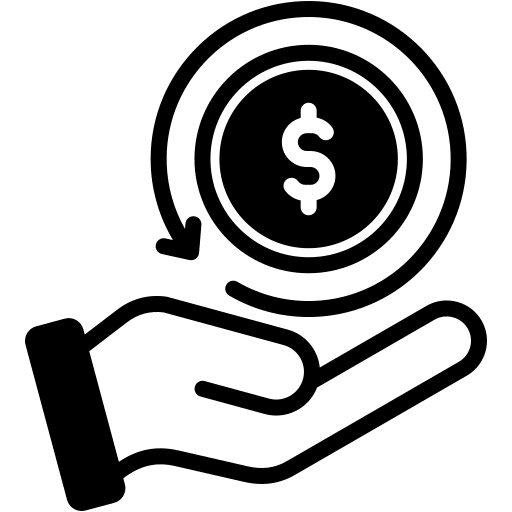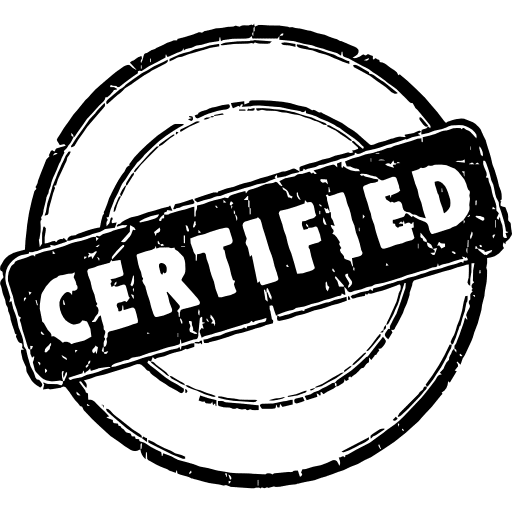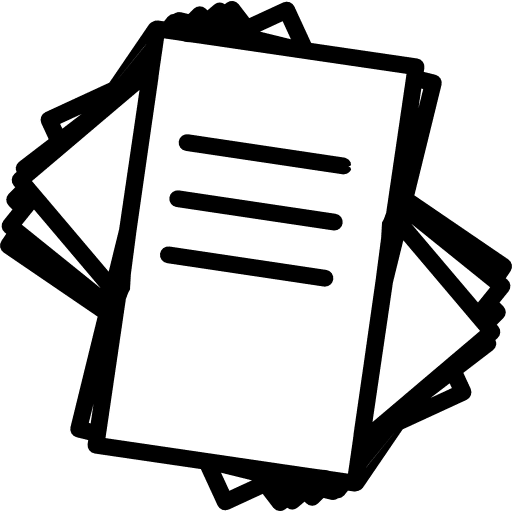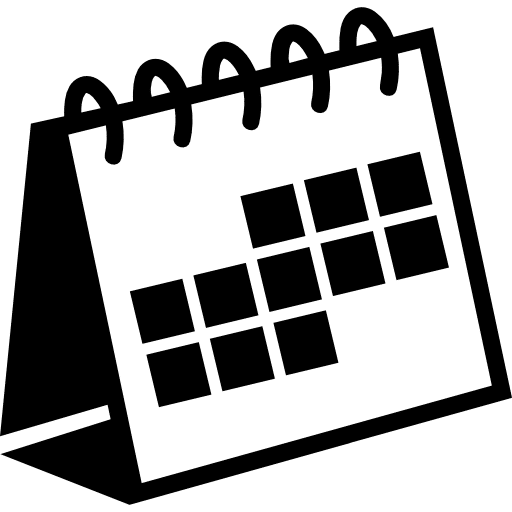There are few points that should be kept in mind before creating a balance sheet:
- Importance of Trial balance: Before preparing the balance sheet, a firm needs to create the trial balance. All entries in the trial balance will finally tally at the end. Those are recorded in the balance sheet. If the trial balance fails to tally then the excess balance will be written under suspense account then appears to balance sheet. The balance sheet will have all accounts exactly as they are in trial balance i.e. debit and credit entries of trading account, profit and loss account will come in debit and credit sides of the balance sheet.
- Common entries in balance sheet: There are some common entries that appear in the debit or credit side always, such as:
- Direct expenses and indirect expenses appear in trading account and Profit and Loss account. They are tallied in the balance sheet exactly as they were in the first place.
- Direct expenses such as factory expenses are written under the debit side of trading account.
- Indirect expenses such as office expenditure are written under the debit side of Profit and Loss account.
- There are other expenses such as rent, discount or interest that are paid in favor of the production. These are written under the debit side of Profit and Loss account. In other cases, if these amounts are received then they are written under credit side of the Profit and Loss account.
Here is one of the sample Trial Balance and Balance Sheet from the books of Mahinder Singh, prepare Trading and Profit & Loss Ale for the year ending March 31st, 2004 and the Balance sheet as on that date.
Name of Account Debit Credit
Balances Balances
Drawing and Capital 20,000 1, 99,000
Plant & Machinery 80,000
Debtors & creditors 70,000 50,000
Purchases and sales 1, 10,000 2, 20,000
Returns 10,000 7,000
Wages 40,000
Cash in hand 5,000
Cash at Bank 10,000
Salaries 30,900
Repairs 8,000
Stock 45,000
Rent 10,000
Manufacturing Expenses 7,000
Bill receivable 12,000
Bill Payable 20,000
Bad debts 5,000
Carriage 9,000
Furniture 15,000
Income tax 10,000
4,96,000 4,96,000
Closing stock was valued at $ 50,000.
Solution.
Trading and Profit and Loss Account
Dr. Cr.
Expenses/Losses Amount Revenue/Gain Amount
$ $.
To Opening Stock 45,000 By Sales 2,20,000
To Purchases 1,10,000 Less : Returns 10,000 2, 10,000
Less : Returns 7,000 1,03,000 By Closing stock 50,000
To Manufacturing Expenses 7,000
To Carriage 9,000
To Wages 40,000
To Gross Profit c/d 56,000
2,60,000 2,60,000
To Salaries 30,000 By Gross Profit b/d 56,000
To Repairs 8,000
To Rent 10,000
To Bad debts 5,000
To Net Profit transferred to Capital A/c 3.000
56,000 56,000
Balance Sheet
Liabilities Amount Assets Amount
$ $
Capital 1,99,000 Plant & Machinery 80,000
Add : Net Profit 3,000 Furniture 15,000
2,02,000 Bills receivable 12,000
Less : Drawings 20,000 Sundry Debtors 70,000
1,82,000 Closing stock 50,000
Less : Income tax 10,000 1,72,000 Cash at bank 10,000
Sundry creditors 50,000 Cash in hand 5,000
Bills payable 20,000
2,42,000 2,42,000
Here, one must remember that Drawings, debtors, returns etc. falls under debit side of the trial balance and Capital, creditors and also returns etc. falls under the credit side of the trial balance. These entries are collected from their respected sides only.
Links of Previous Main Topic:-
- Balance sheet in final accounts without adjustments
- Difference between profit and loss accounts and balance sheet
- Features or characteristics balance sheet
- Limitations of final accounts or financial statements
- Meaning of financial statements or final accounts
- Need or importance and purpose of trading account
- Need or purpose and importance of profit and loss account
- Performa of balance sheet
- Performa profit loss account
- Performa of trading account
Links of Next Accounting Topics:-






















